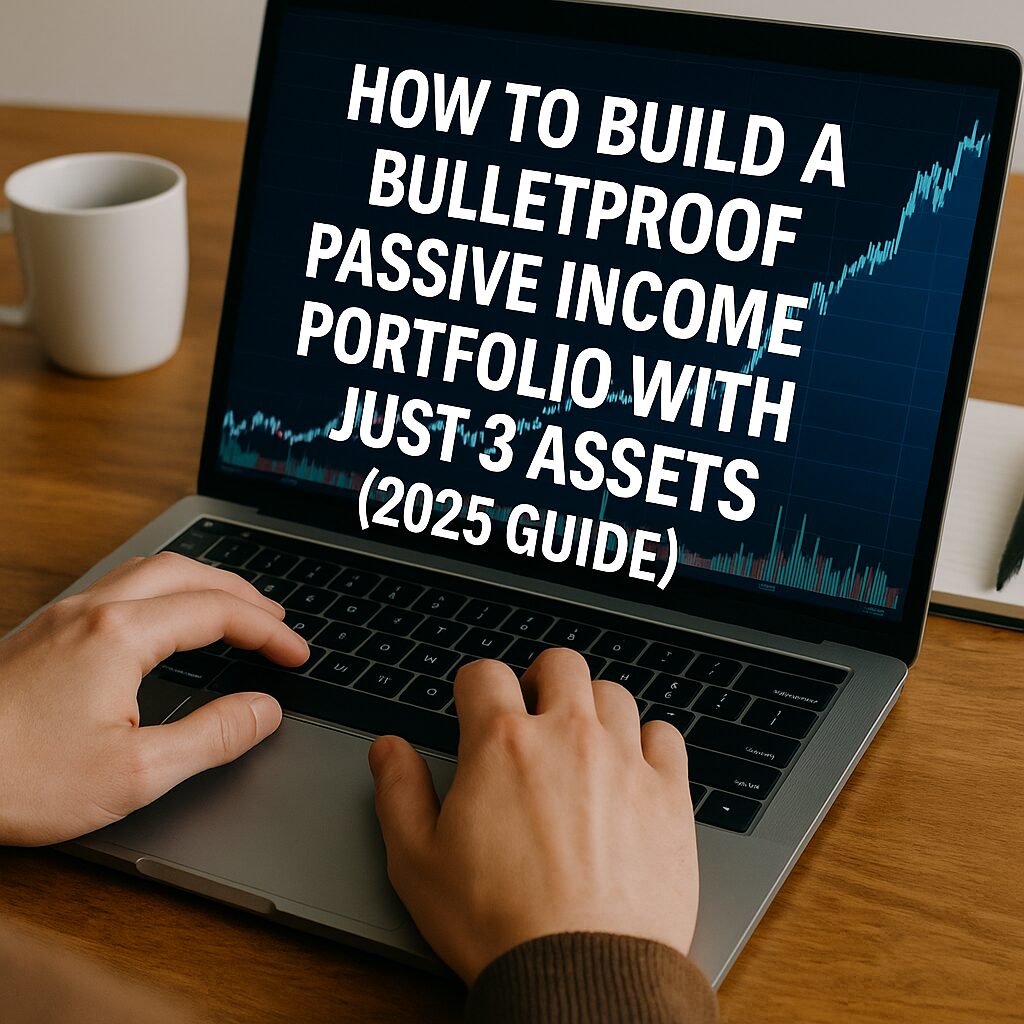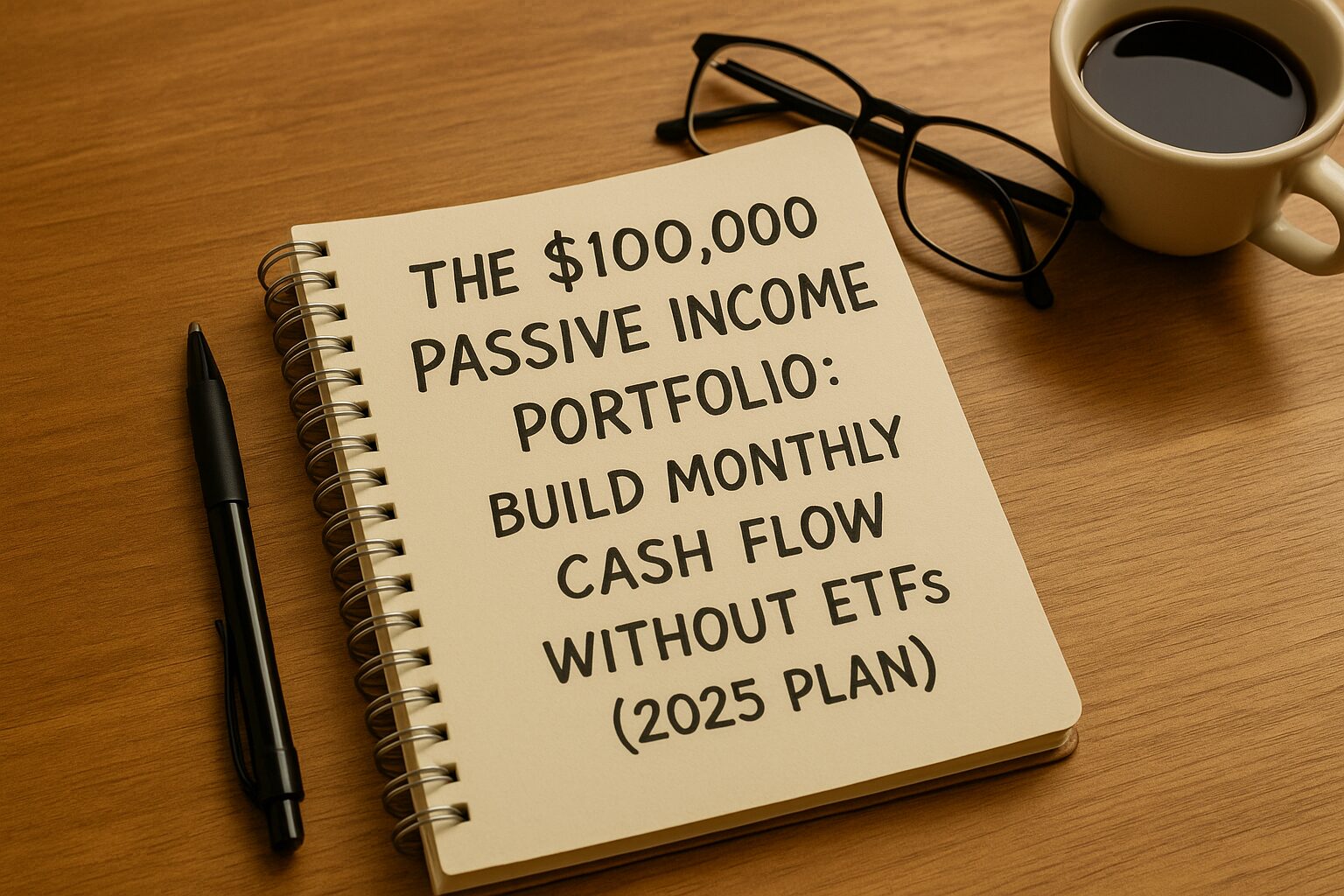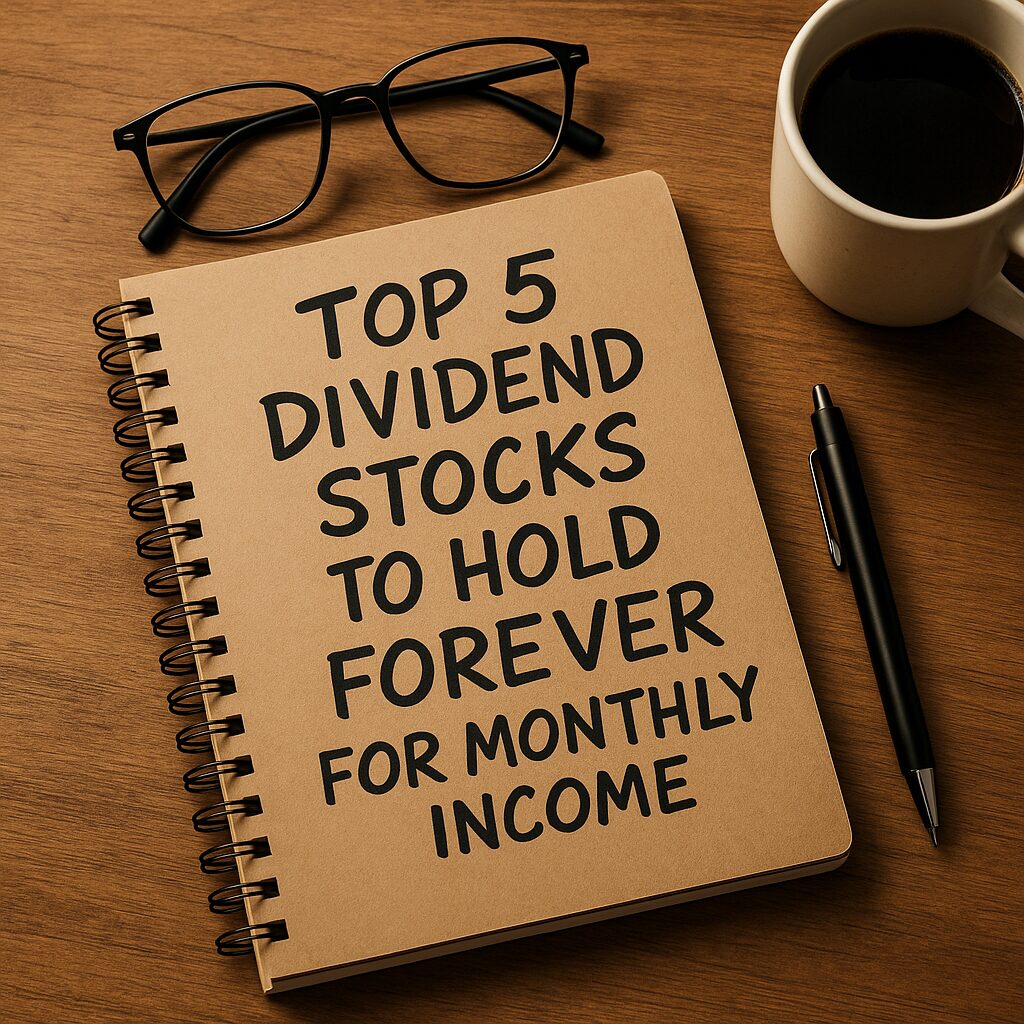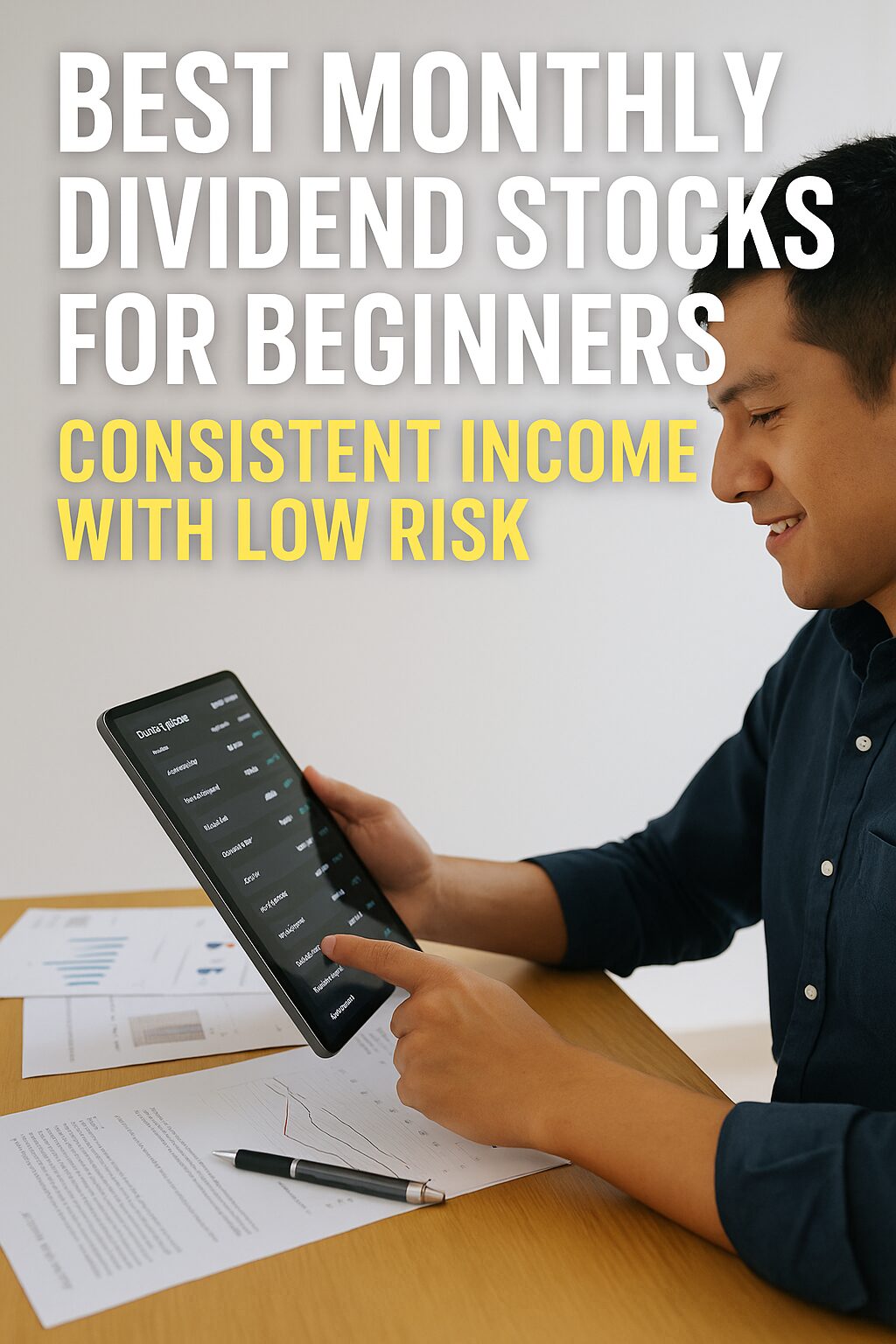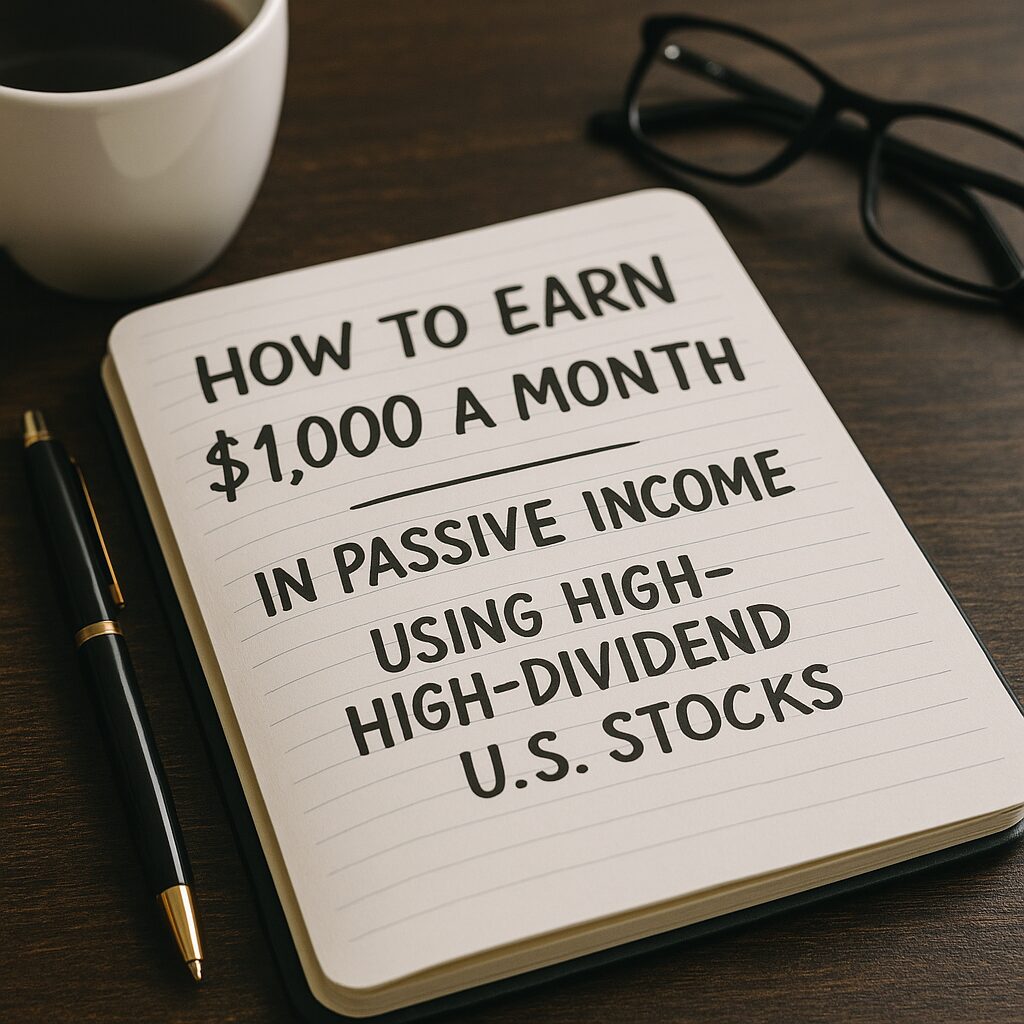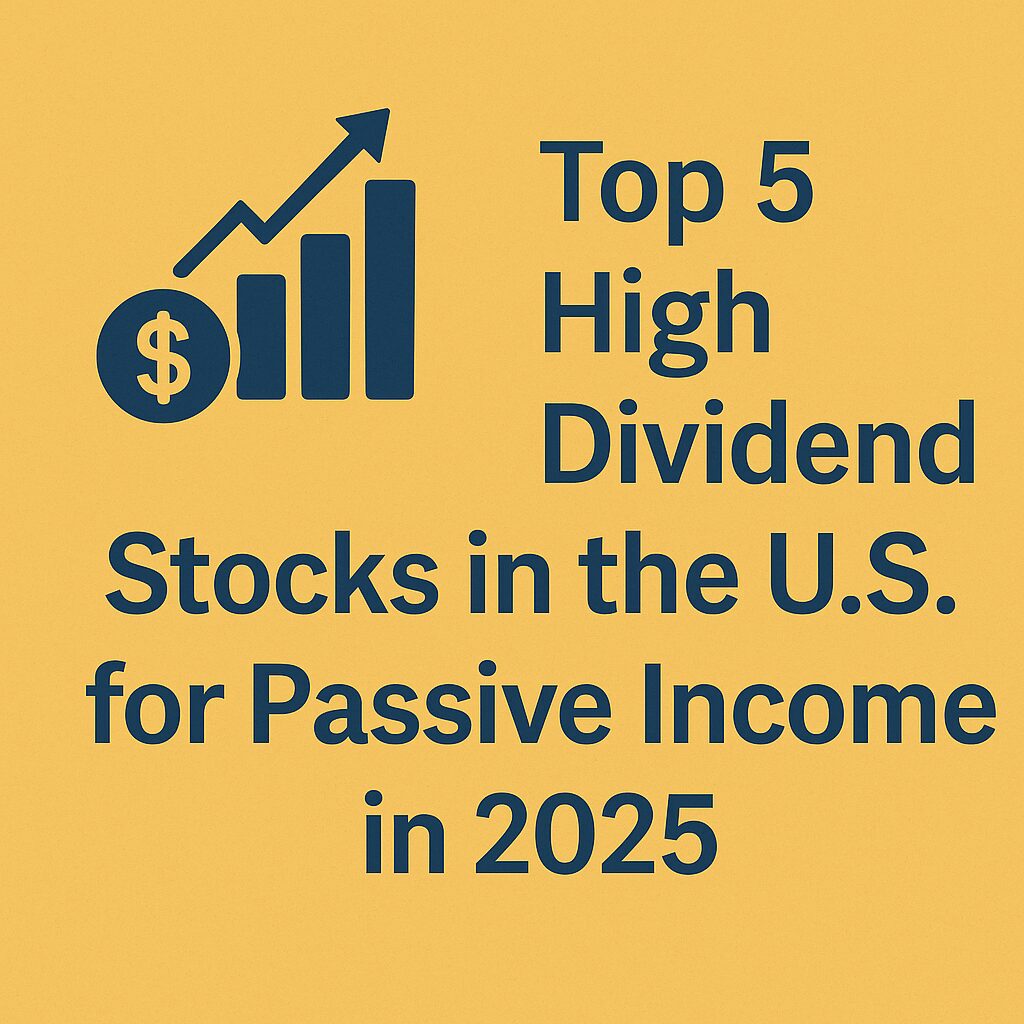Most people assume that building a reliable passive income stream requires dozens of stocks, endless hours of research, and a financial degree. The truth? You only need three key assets to create a diversified, income-generating portfolio that can survive market downturns and deliver consistent cash flow—without selling a single share.
In this 2025 guide, we break down the optimal 3-asset model for building bulletproof monthly income—no matter where you live.
Why a 3-Asset Passive Income Portfolio?
Too much complexity often leads to inaction. A simplified, well-structured portfolio is easier to manage, rebalance, and automate. The 3-asset model provides:
- Diversification: Spread across income types (real estate, equities, bonds)
- Simplicity: Easier to track and adjust
- Global Adaptability: Can be replicated in nearly any country
- Tax Flexibility: Works with various local tax-advantaged accounts
Asset #1: Monthly Dividend ETFs
Monthly dividend ETFs give you predictable income, broad diversification, and U.S. dollar exposure. These ETFs typically include REITs, preferred stocks, and covered call strategies.
Top Picks for 2025:
- JEPI – High-quality equity + option income (~7.5% yield)
- QYLD – Nasdaq covered calls (~12% yield)
- O – Realty Income REIT (~5.1% yield)
Allocation Tip: Assign 40–50% of your portfolio here for monthly cash flow.
Asset #2: High-Yield Savings or Treasury ETFs
You need stability and capital preservation to offset stock market volatility. U.S. Treasury ETFs or high-yield savings options now offer 4–5% returns.
Recommended Tools:
- BIL – Short-term Treasury ETF (~5%)
- Online High-Yield USD Savings Accounts – Many offer >4.5% annually
Allocation Tip: 25–35% for safety and liquidity
Asset #3: Global Dividend Growth Stocks
For long-term compounding and inflation protection, allocate a portion to global dividend growers. These stocks may not pay monthly, but they increase dividends yearly and provide capital appreciation.
Examples:
- Procter & Gamble (PG)
- Johnson & Johnson (JNJ)
- Nestlé (NSRGY)
- Unilever (UL)
Allocation Tip: 20–30% for growth and rising income
Model Portfolio Example
| Asset Type | Example Tickers | Allocation | Yield (Est.) |
|---|---|---|---|
| Monthly Dividend ETFs | JEPI, QYLD, O | 45% | ~7.5% |
| Safe Income (Treasury/Bank) | BIL, USD savings | 30% | ~4.5% |
| Dividend Growth Stocks | PG, JNJ, NSRGY | 25% | ~2.5% |
Estimated Blended Yield: ~5.4% annually
Income on $300,000 Portfolio: ~$16,200/year or ~$1,350/month (without selling any shares)
Advantages of This 3-Asset Setup
Simple to Maintain – Rebalance 1–2 times/year
Scalable – Can grow from $5,000 to $500,000+
Recession Resistant – Combines stable cash, real estate, and global stocks
Globally Executable – Local ETF alternatives available in EU, Canada, Asia, etc.
Low Turnover – Focused on long-term hold assets
Tax Optimization Tips
- Use Roth IRA, TFSA, ISA, or local equivalents
- Reinvest dividends within tax-free accounts
- Minimize unnecessary trades to reduce capital gains
Final Thoughts: Simplicity Wins Long-Term
You don’t need 20 ETFs or 50 stocks to build wealth.
With just three types of income assets, you can create a powerful, passive income machine that pays you every month.
Stay consistent. Reinvest wisely. Think long-term.
This isn’t a get-rich-quick scheme—it’s a get-rich-for-sure strategy.
